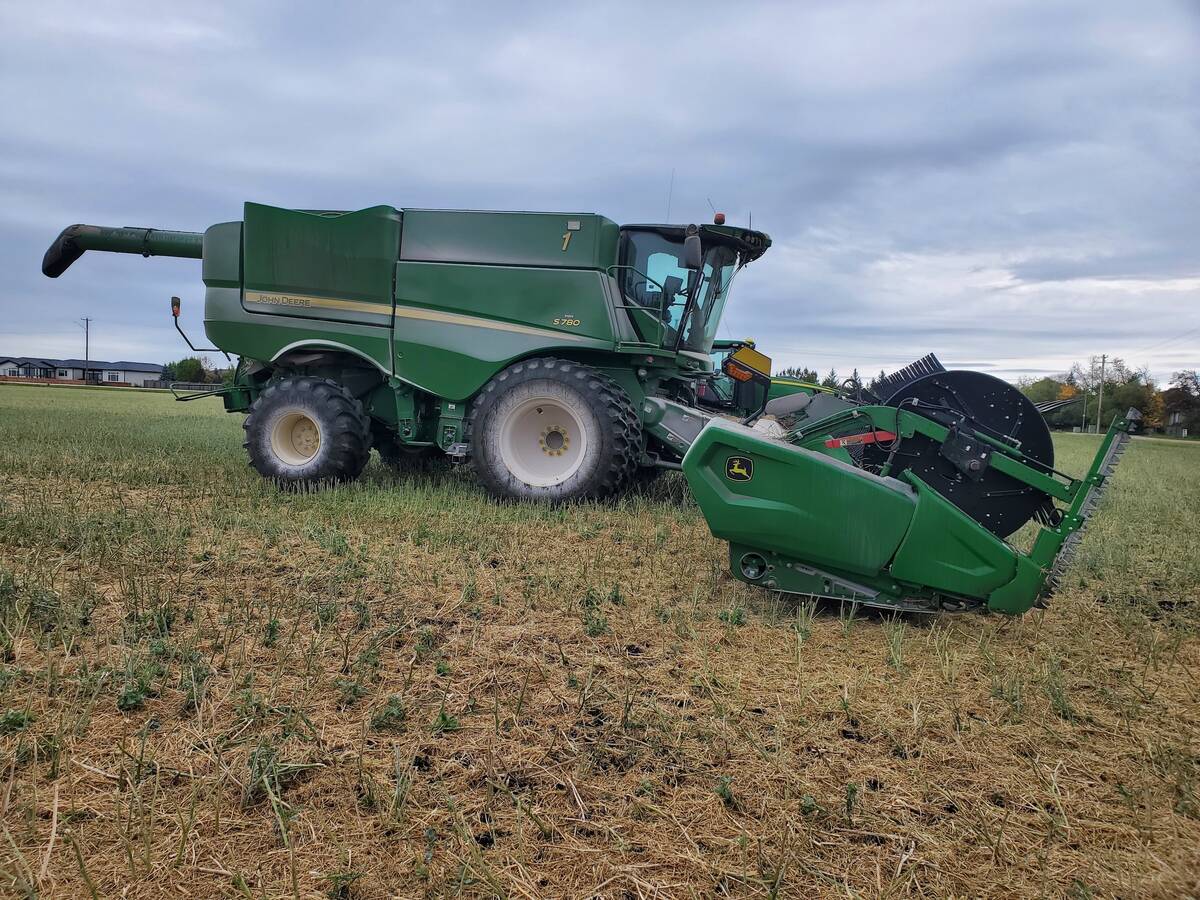Erosion control | The grass is a high quality forage that also provides shelter for wildlife
Big bluestem was named Manitoba’s official grass earlier this year, but it wasn’t an easy decision.
“We knew that big bluestem was a front runner before the campaign began because of Manitoba’s location and the tall grass prairie being special to Manitoba and Canada, but we didn’t want to lose the opportunity to run this campaign and bring awareness of prairie grassland and prairie grasses to Manitobans,” said Marilena Kowalchuk, who headed the provincial grass selection committee.
Cary Hamel and Julie Pelc joined Kowalchuk on the citizen led initiative, which examined many grasses and eventually shortened the list to nine.
Read Also

Powdery mildew can be combine fire risk
Dust from powdery mildew can cause fires in combines.
These were then sent to ecologists and grassland specialists who decided on the Top 4: big bluestem, little bluestem, sideoats grama and blue grama.
The trio conducted a year-long online campaign and attended events and festivals to raise awareness and collect votes.
Big bluestem won almost 50 percent of the more than 1,600 votes cast.
Kowalchuk said the process wrapped up in 2010, but the committee did not present its recommendation to the government until recently when the official fish, the walleye, was about to be selected.
She said the province felt it was time to designate an official grass.
“We wanted to help Manitoba celebrate the fact that we’re a prairie province and be like our prairie neigh-bours to the west,” she said.
“Both Saskatchewan (needle-and-thread) and Alberta (rough fescue) have provincial grasses.”
It is estimated that one percent of Manitoba’s tall grass prairie remains.
Wanda Mcfadyen, executive director of the Manitoba Forage and Grassland Association, said her industry is pleased that the province has recognized big bluestem as its official grass.
“We have various pockets of native grassland across the province and big bluestem is part of those species that is in those particular pieces,” she said.
“You may also see it mixed in with a native pasture scenario as well. It does quiet well in a variety of sites on the landscape in the province.”
Big bluestem grows one to two metres tall. The flowering head is a trio that resembles a turkey foot.
The grass provides soil and winter erosion control and is used as wildlife shelter.
It is also a high quality forage, which the bison used when they roamed more freely.
Today, it is used in grazing and sustainable hay production. The grass has a tinge that ranges from a blue to red to purple in colour.
















